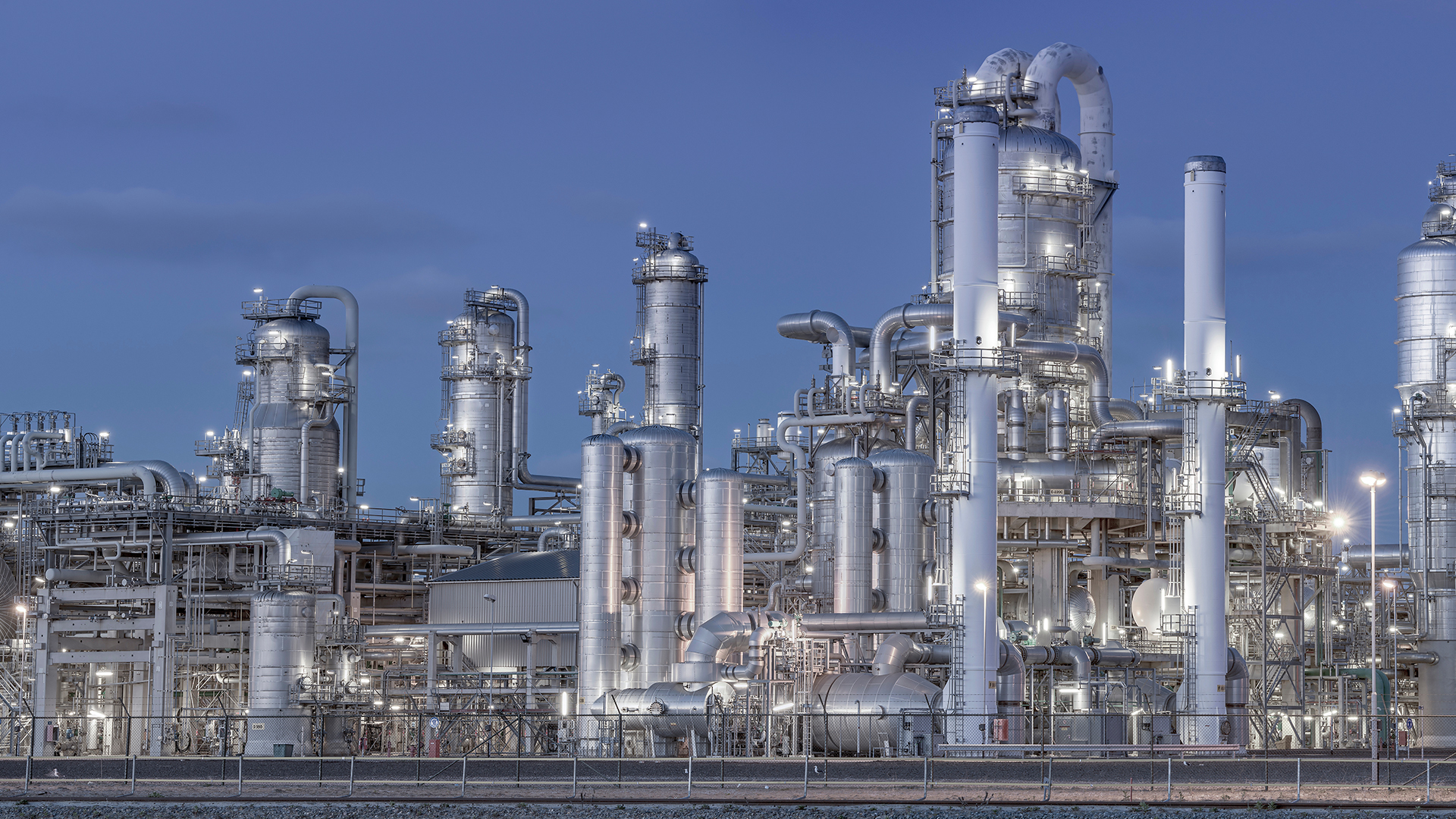Those involved in the design of electrostatic precipitators (wet or dry) are familiar with the Deutsch Equation and its variations:
The Deutsch Equation
Efficiency = 1 – EXP(-AW/Q)
A = collecting area
W = migration velocity
Q = gas flow rate
The equation, by nature, predicts that no precipitator can be 100% efficient. This is true in real-world applications even if rapping and/or re-entrainment losses are eliminated.
What many people do not realize is that the Deutsch Equation is based on the assumption of turbulent flow. This assumption precludes the possibility of 100% capture. If a precipitator operates on a laminar gas stream, however, then 100% efficiency is both theoretically and practically possible. A good example of this possibility is household air-cleaning precipitators. These precipitators have very narrow gas passages that allow them to approach a laminar flow situation. These devices typically demonstrate performance, in terms of efficiency per unit of collecting area, that is significantly greater than the performance of even the best turbulent flow devices.
If you have a contribution let us know – we’d like to hear from you!

